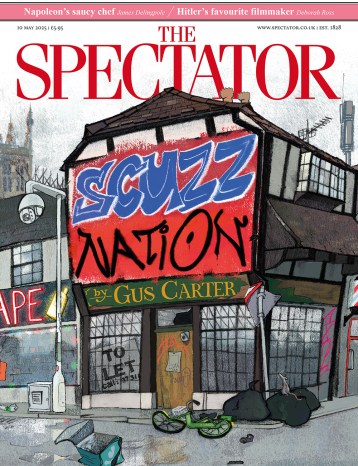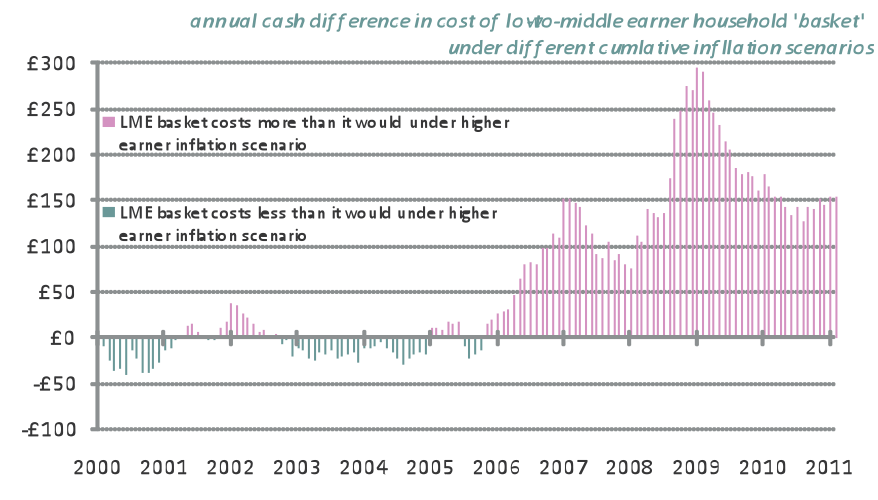The February inflation figures spell more bad news for living standards in the UK. With average weekly earnings growth standing at just 2.2 per cent, millions of workers continue to get poorer in real terms.
However, differences in the make-up of typical “shopping baskets” mean that the spending implications of inflation vary by income group. Since 2007, inflation has been driven primarily by increases in food and fuel prices. Given that such staples account for a larger share of weekly expenditure among lower income households than among higher income ones, the impact is felt more acutely in the lower half of the income distribution.
The below chart details the impact of inflation on the purchasing power of low-to-middle earner households (those working-age households in income deciles 2-5) in the period since 2000. It shows that, if low-to-middle earners had faced the same level of inflation as households in the top half of the income distribution over the period, their typical annual basket of goods would cost about £150 less than it currently does.

Britain’s best politics newsletters
You get two free articles each week when you sign up to The Spectator’s emails.
Already a subscriber? Log in






Comments
Join the debate, free for a month
Be part of the conversation with other Spectator readers by getting your first month free.
UNLOCK ACCESS Try a month freeAlready a subscriber? Log in